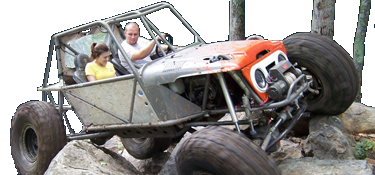I have read a good bit about this and like most things the opinions run the gamut.
What is the best ratio of up:down travel? I have read 50:50 is ideal while some say more droop is better. Obviously up is limited by fenders, tires, shocks and such. Down by springs unseating, shock length, ect.
What is the best way to determine how much bump extension you need? Cycling the suspension to measure what ideal would be? Wheel turned as well as straight?
My bumps are factory, 3” springs and a 3/4” spacer. I have about 6.5” tire to fender at ride height. I have a little over 6” from pad to jounce bumper at ride height so I need extensions obviously.
I just need some insight on measuring.
What is the best ratio of up:down travel? I have read 50:50 is ideal while some say more droop is better. Obviously up is limited by fenders, tires, shocks and such. Down by springs unseating, shock length, ect.
What is the best way to determine how much bump extension you need? Cycling the suspension to measure what ideal would be? Wheel turned as well as straight?
My bumps are factory, 3” springs and a 3/4” spacer. I have about 6.5” tire to fender at ride height. I have a little over 6” from pad to jounce bumper at ride height so I need extensions obviously.
I just need some insight on measuring.
Last edited:

